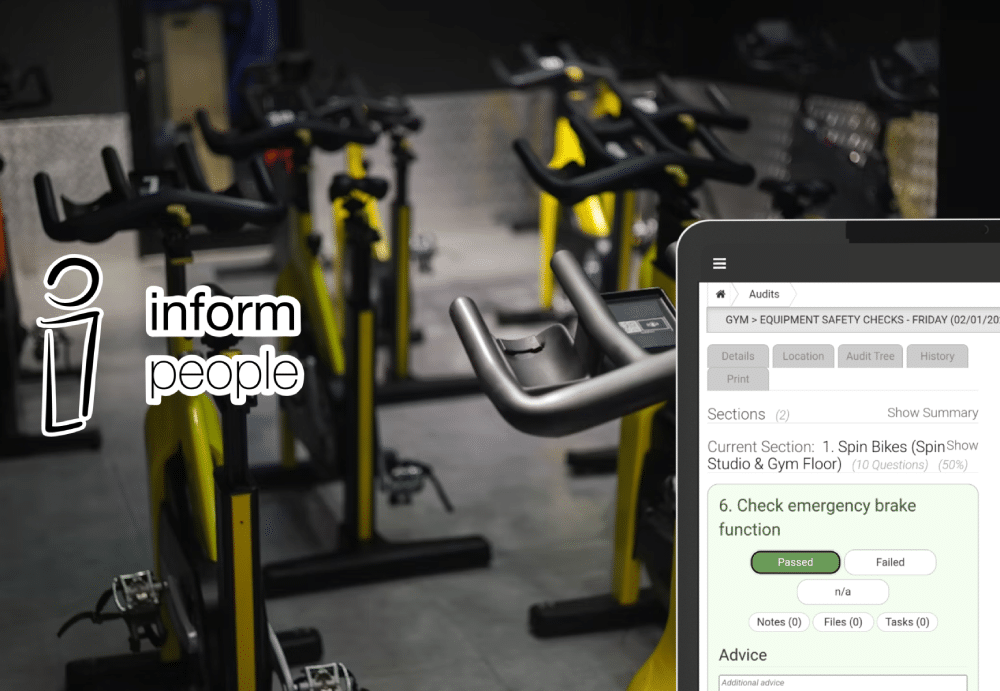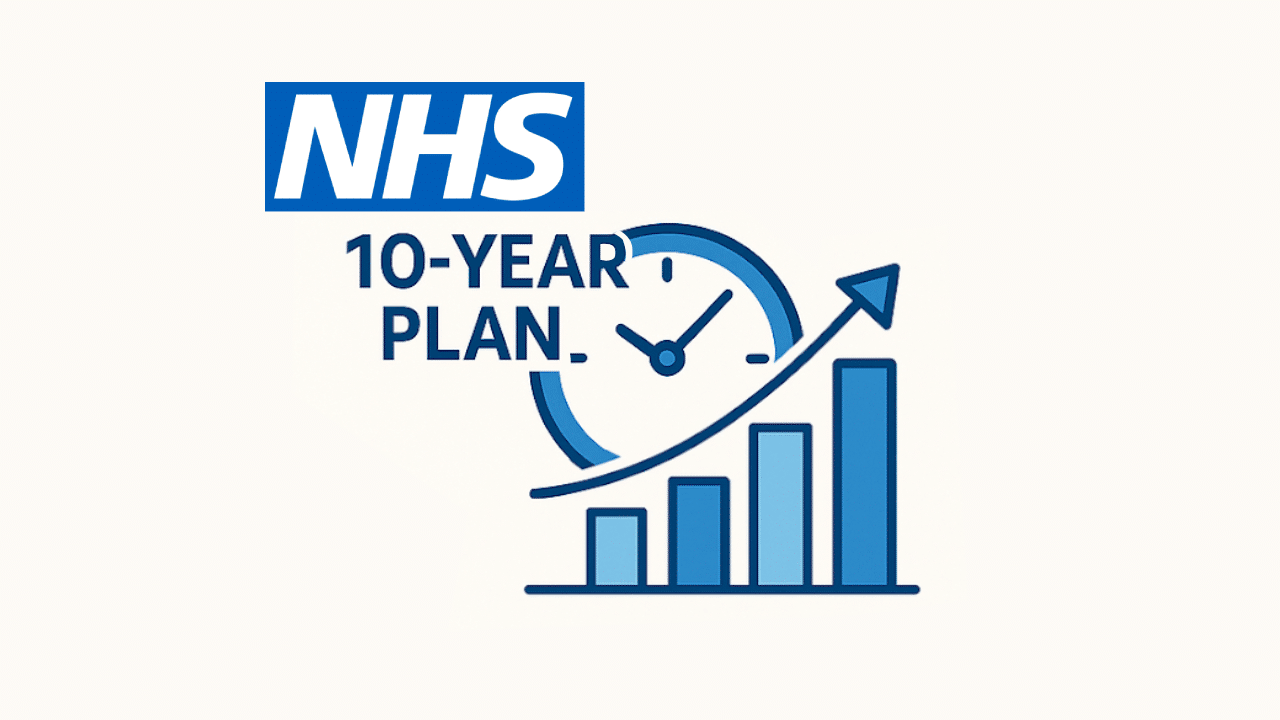Whether performed in person or virtually, Gemba walks allow leaders to observe processes and connect with employees by asking probing and guiding questions. Learn how you can write an efficient Gemba walk report that supports critical thinking and opportunities for improvement.
Efficiency is probably high on the agenda of most organisations and probably yours too. You are not alone.
Many articles on Gemba walk mentioned that leaders must go in with an open mind and ask different questions as they arise. Nonetheless, many leaders (mainly those new to doing Gemba walks) are uneasy doing that and would instead use a template.
There are various ways you can do your work more efficiently. Still, a good Gemba walk template builds insights from discussions with frontline workers and acts as a reference tool for enhancing your processes and operations and lessening waste.
What is Gemba walk?
Gemba is a Japanese word that translates to “the real place.” In the realm of improvements, we understand it as the place where value is made—the location where the accurate services are given or where the work is done, like a machine shop, warehouse, or production line.
Gemba walks to bring the leaders of an organisation to the Gemba to see how a process is performed and talk to the people who do the work. Even though it started in manufacturing, Gemba walks have been used to process improvements in different industries, from software engineering to customer service centres.
How does it work?
Many organisations have had to adapt their Gemba walk in healthcare to the virtual place as disruption caused by the COVID-19 pandemic continues. They realise that they are still foundations and are leveraging technologies to interact with their employees in refreshing and new ways and within the confines of social distancing.
A few companies utilise WhatsApp, FaceTime, Skype, or Zoom, but others are experimenting with mixed reality or virtual reality headsets to “walk” the leaders throughout the manufacturing plant. In a few cases, companies also record the virtual walk-throughs so leaders can better know how the business and see how their employees work.
How to create a practical Gemba Walk report
The Gemba walk in hospitality is one of the most critical observation methods for reviewing processes and insights into the workflow. A safety Gemba walk template or checklist can be simple too.
The following steps below will help get you started:
Step 1: Create a theme
You must select a theme to make a Gemba walk report. That will help you concentrate all your efforts and become more efficient.
There are numerous themes leaders may want to explore, like safety, cost-efficiency, and productivity. Once you pick a topic, it will be simpler to customise your questions to fit and ask quality questions.
Step 2: Prepare the team.
The team to be observed must be prepared for what will happen. Every team member should clearly and precisely understand the Gemba walk. It will also help if you share the checklist.
Doing so will ease their minds knowing that the Gemba won’t be considered an evaluation of their specific contributions but a collaboration.
Step 3: Focus on the process
Keep in mind, Gemba walk is not the time to assess your team’s performance. Instead, your goal is to observe, learn and enhance the processes. You will only encounter resistance if you concentrate on people’s abilities.
Step 4: Keep the value stream front and centre
Your checklist should trace the entire value stream. Doing this will surely help you not miss any critical processes. Following the value chain will offer you the best opportunities to determine which areas have a high potential for waste activities.
Getting rid of such activities will help you enhance your overall performance.
Step 5: Record your observations
For this step, you need to note everything that catches your attention, or you can record it with your smartphone. In some scenarios, you will probably be tempted to give a solution, but that’s not a good idea.
It will help if you leave the analysis for later. You’ll be much more accurate and detailed if you have all the available facts.
Step 6: Get a second vantage point.
Feel free to invite a colleague from another department to get an extra pair of eyes. Choose someone with totally different tasks to accompany you. People who are not familiar with the processes or area of analysis typically have a fresh point of view and ask further questions that you may never ask otherwise.
Step 7: Solicit feedback
For the final step, it’s essential to follow up. Even if you don’t find anything related during your Gemba walk, you must share the information you have learned with the team. Not doing so will lead your team to think they’re being watched in a negative way.
Share outcomes with your team. This will increase the involvement of employees as if the Gemba walk was performed by one of them. If there are any necessary changes, mention that in your report and share all your findings within the process.
Digitise your checklists today
We know your pain. After all, your pain stops you from accomplishing success, and we understand that.
To sum up, Gemba is a crucial concept to improve a site’s culture of excellence by making management commitment visible and engaging employees at all company levels. Gemba walks improve communication of desired behaviours, priorities, and objectives and supports dialogue and understanding between leaders and employees.
Gemba walks are an essential task that leaders must regularly do as part of their leadership standard work. By setting the right example and ensuring that a standard process is followed, company leaders are process owners, paving the way for the next group of successful leaders. Collect and manage your company data for insights into actions brought at all your locations. Inform People will provide you with tools for communication and compliance. Contact us today.




